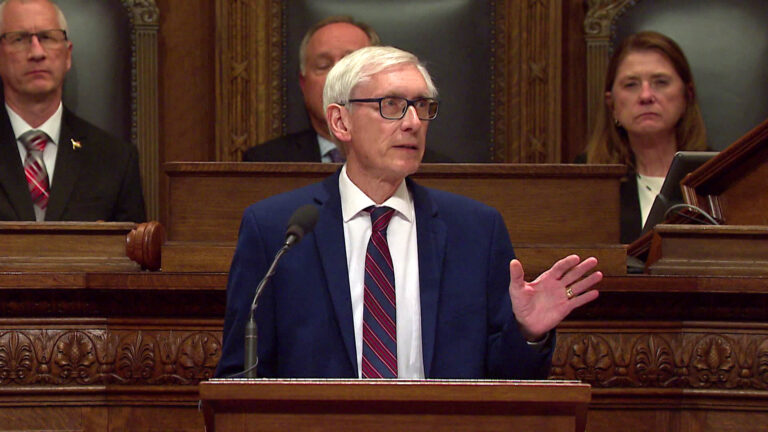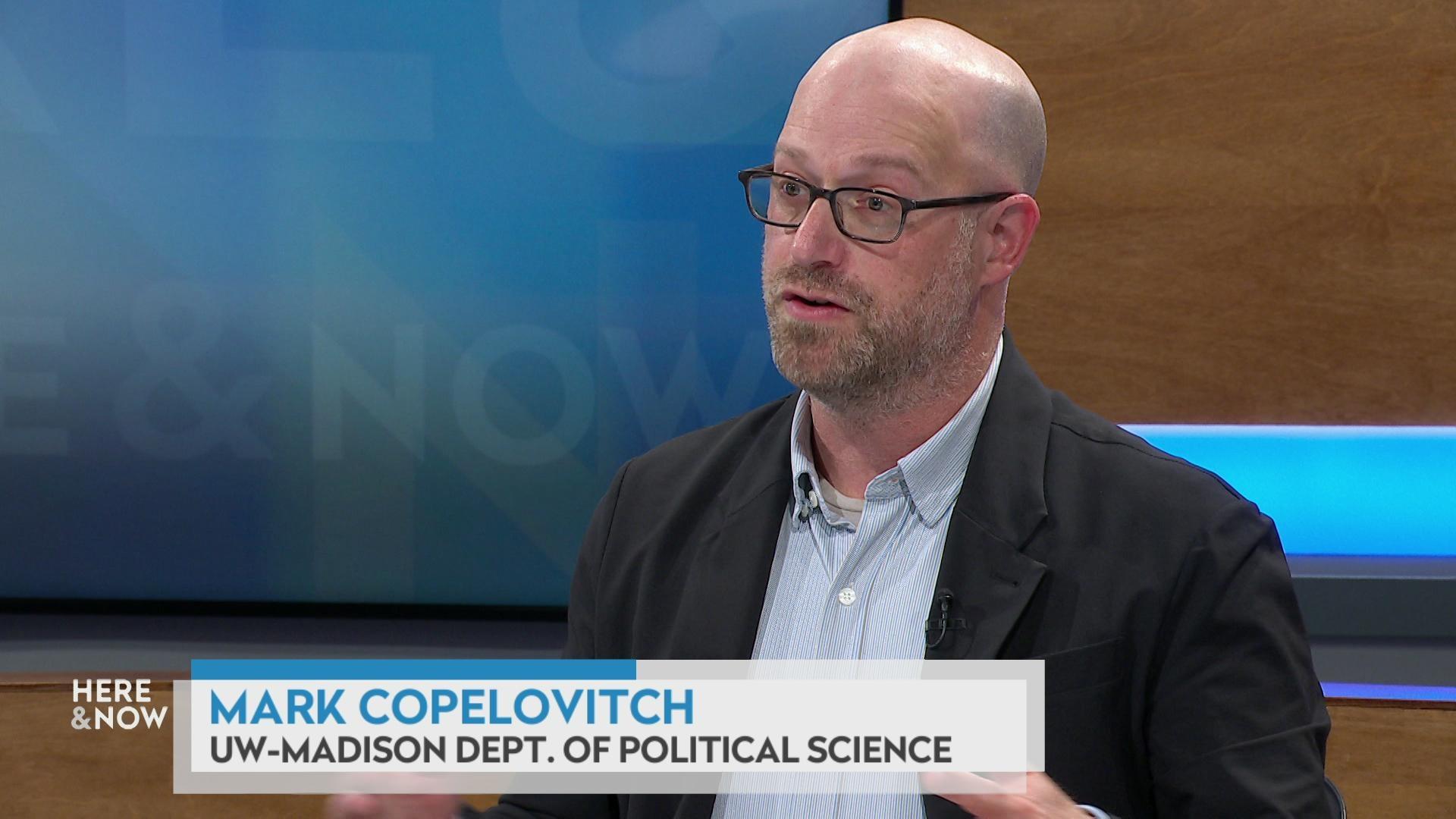Frederica Freyberg:
By mid-March, households across the U.S. and here in Wisconsin will start getting 2020 Census Bureau information in the mail. The count happens every ten years and helps determine how much federal funding goes to states for things such as schools, hospitals and roads. Results of the census also determine the number of seats each state has in the U.S. House of Representatives and are used to draw legislative districts. Madison Mayor Satya Rhodes-Conway is hoping to fill a shortage of census takers and get a complete count. She joins us now and thanks for being here.
Satya Rhodes-Conway:
It’s my pleasure.
Frederica Freyberg:
I know in recent days you have said that Madison was lagging behind kind of the rest of the state in being able to hire or recruit census takers. How many does Madison need to fill?
Satya Rhodes-Conway:
So we’ve got about 47% of our positions filled right now and what they tell me is that in order to fill the rest, we need somewhere close to 4,000 applicants. That doesn’t mean we need 4,000 people, but we need people to apply and to consider taking the job in order to fill the positions that we need.
Frederica Freyberg:
And yet the census can be filled out and sent back online or mail or over the phone. Why do you need actual bodies to kind of do this count?
Satya Rhodes-Conway:
That’s a really good point. And I do want to emphasize that when people get that letter in the mail, they have lots of options to fill out the census, right. They can go online and do it right there. They can call in and do it over the phone. Or they can wait until somebody comes to their door. And what we see historically is about 20% of people will not fill it out proactively themselves. And so that 20% we need to send people out to knock on doors and say, hey, could you please fill this out? Let’s do it together. You know, one thing that’s important for folks to know is it’s really short. There’s nine questions. If you do it yourself, it takes you maybe ten minutes to finish. So we really want to encourage people to fill it out themselves. But we also really have to have that complete count.
Frederica Freyberg:
There are some barriers to this, though, I understand after reading a Census Bureau study about this. Chief among them that there’s a distrust of government and this is a government form. Also according to this study 10% of people incorrectly believe that the census is used to locate undocumented immigrants. What is the truth to that?
Satya Rhodes-Conway:
I want to be really clear that when people do fill out the census, that data is private. It is not used for law enforcement. It is not used for immigration. I really want to encourage people to, yes, go ahead and fill out the census. This data is not going to be used against you. And in fact, it is going to be used to help your community. As you said at the top, we have many streams of federal funding that rely on census numbers. And in fact if we — for every person that doesn’t fill out the census, we project that we lose about $2,000.
Frederica Freyberg:
How much federal money historically kind of flows through the numbers that the census counts?
Satya Rhodes-Conway:
It’s all across the board, right. So this is anything from tax credits for affordable housing to the free and reduced lunches at schools to direct assistance to small businesses in our communities. So there’s a whole range of types of federal money that count on the census numbers. The other thing that’s important is that it’s not just the sheer numbers of people, but it’s in fact the types of people. So if we have more seniors counted, we get more funding related to senior services. So it’s very important that everybody fill out the census that we have that complete count, so that we can have a really accurate assessment of the needs in our community and then take advantage of as much federal funding as possible.
Frederica Freyberg:
Because how has Madison changed since the last census?
Satya Rhodes-Conway:
Oh, tremendously. You just look at our population growth alone. In the last ten years, we have grown tremendously. And, as we know, in Madison, but also federally, we have a shift in demographics, right? So our age structure is changing. We are seeing a lot more — I don’t want to name a particular generation, but we’re seeing the 20 to 30 folks, that segment of the age structure is growing in Madison. Our community is getting more diverse racially and ethnically, which again is true across the country. So we need to know who’s here in order to be accurate, both for the money but also just to have an accurate sense of who our community is.
Frederica Freyberg:
So what is Madison and Dane County doing to try to ensure an accurate count?
Satya Rhodes-Conway:
So there’s a number of ways we’re working with the community. Right now I want to reemphasize that the most important thing is we need to recruit people to apply for census jobs. Super easy to do. 2020census.gov/jobs. They pay about $22 an hour. They’re very flexible. Its’ limited term, March through July. It can be full-time. It can be part-time. It’s a great thing for a retiree or student or somebody who is working part time to pick up. So that’s the big push right now. We have also partnered with a number of agencies in our community to help us reach out to the populations that are often under-counted and to share the message of how important the census is and how much we need people to contribute to that complete count.
Frederica Freyberg:
All right. Mayor Rhodes-Conway, thanks very much.
Satya Rhodes-Conway:
It’s my pleasure.
Search Episodes

Donate to sign up. Activate and sign in to Passport. It's that easy to help PBS Wisconsin serve your community through media that educates, inspires, and entertains.
Make your membership gift today
Only for new users: Activate Passport using your code or email address
Already a member?
Look up my account
Need some help? Go to FAQ or visit PBS Passport Help
Need help accessing PBS Wisconsin anywhere?

Online Access | Platform & Device Access | Cable or Satellite Access | Over-The-Air Access
Visit Access Guide
Need help accessing PBS Wisconsin anywhere?

Visit Our
Live TV Access Guide
Online AccessPlatform & Device Access
Cable or Satellite Access
Over-The-Air Access
Visit Access Guide
 Passport
Passport


















Follow Us